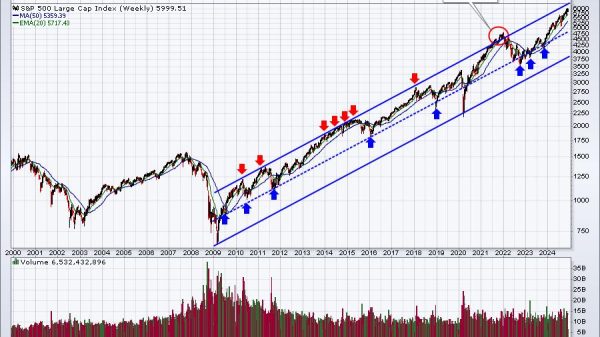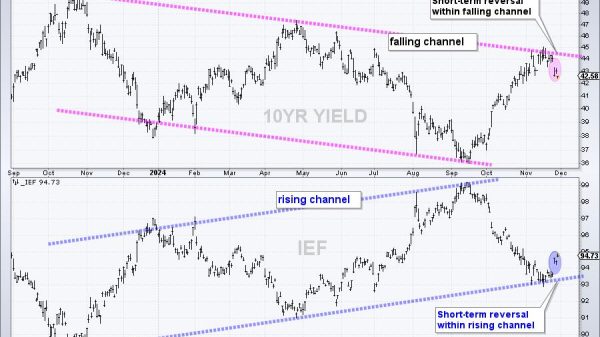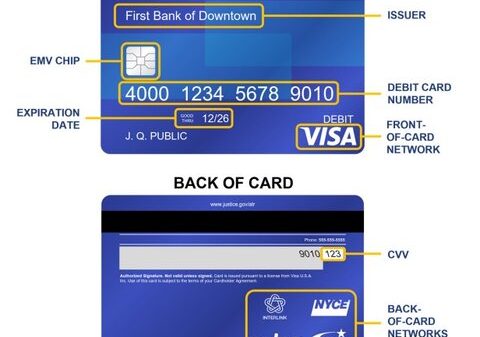In 2014, David J Bland introduced a thought-provoking concept via Twitter: the Product Death Cycle. It’s become a huge problem that emerges when, despite taking a customer-centric approach and building the features that customers request, products still struggle to hit the mark and companies fail to make revenue goals.
In fact, according to Harvard Business School professor Clayton Christensen, of the over 30,000 new products introduced globally every year, 95% fail. Beyond this, even those that are considered successful still frequently come up short when it comes to meeting the KPIs and metrics that matter.
What can companies do to escape the Product Death Cycle?
Use AI to Gather and Analyse Customer Feedback
Every day, the sheer amount of customer feedback data companies receive increases in volume, and if companies are not already using AI to gather and analyse it intelligently, they are missing a trick.
AI may be making the headlines due to ethical concerns and its potential impact on the future of work. Still, the reality is that it has several very practical business applications that can’t be overlooked: it can tackle large volumes of data and summarise results faster than any human.
Gathering feedback across surveys, product feature feedback, reviews, customer service feedback and the many, many other types of customer data and insights can be a momentous task: why not set AI to the task of gathering it and preparing it for analysis?
There’s also a lot of insight that can be gained from a little bit of AI. Many companies are using AI-based tools to conduct sentiment analysis to identify common themes in customer feedback. Others are applying Natural Language Processing to dive down into the nuances of language in customer feedback to identify how product features make customers feel. Using Machine Learning, companies are building and compounding the knowledge they get from AI, creating tools that can act on the intelligence.
The end goal of using AI in collecting and analysing customer feedback is to make better, more data-driven, and informed product design decisions.
Identify The Right Problems and Feedback for Your Customers and Your Business
Over the past decade, many customer research teams have gotten on the back foot by not necessarily considering what a business needs to grow and by being overly focused on what customers are saying they need. The reality is that companies need to make a very important mindset shift and view customer feedback through a very pragmatic lens. To survive and grow as a business, it’s essential to find a better middle ground between ‘the customer is always right’ and the growth model of the business – it also has to be one that best serves both the business and the customer.
Letting end-users inadvertently design products is a very easy trap to fall into. While customer feedback is crucial, the task of product design and decision-making should remain with the experts. Remember, users might not be aware of the full potential of a product or the many ways it can address their pain points.
Beyond this, one core group of users may not be reflective of what a broader market needs. They may already be so accustomed to using a product that their feedback could end up narrowing the product’s roadmap or vision. It’s essential that companies can view customer feedback amid the bigger picture and broader audience for their use cases.
Build a Revenue-focused Product Roadmap
A product can hit many KPIs, but if it’s not successful from a revenue point of view, it’s not successful full-stop. A revenue-focused roadmap is one where every feature or planned update for the product is directly aligned with the company’s bottom line, aligning product development with the financial roadmap of the company. It necessitates that all pending product features are assessed against the expected revenue impact, and prioritized according to their potential to increase sales.
This type of approach to roadmap design can help companies avoid the product death cycle, as well as the common pitfall of investing in features that appear popular or impressive but do not contribute to revenue and positive business outcomes.
To help assess potential product updates, companies must evaluate features according to several criteria, including their perceived value, how much each feature can help meet business KPIs, the impact on customer satisfaction, and lastly, the time and costs surrounding its development.
Cross-Team Collaboration to Avoid the Product Death Cycle
Last, but certainly not least – companies must ensure their teams have open communication and collaborative workflows between different departments to avoid the Product Death Cycle. It’s essential that product teams, marketing, sales, and all collaborate to discuss, identify, and agree on revenue-generating features. This approach encourages companies to collectively think beyond just the technical and functional aspects of products, and ensure features are aligned with the broader business context and long-term financial goals.
These are just a few of the ways that companies can work proactively to ensure products hit the mark the first time. By ensuring customer feedback is collected and analysed in an agile, sustainable way, and by focusing on both revenue-generating features and what’s best for customers collectively, companies can avoid the Product Death Cycle and make better, more successful products.
Read more:
How companies can avoid the ‘product death cycle’
























